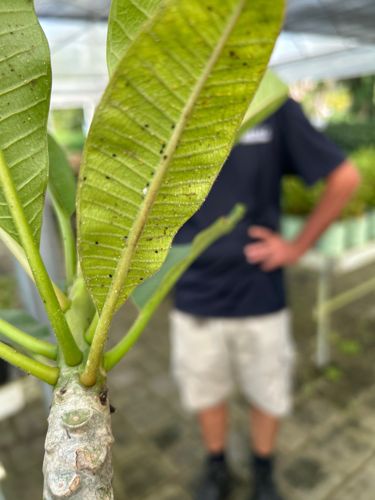Aphid
Scientific Name: Aphidoidea (Superfamily)
Order & Family: Order: Hemiptera, Family: Aphididae
Size: Typically 1-4 mm (0.04-0.16 inches) in length.

Natural Habitat
Aphids are widespread and can be found almost anywhere plants grow, including gardens, agricultural fields, forests, and greenhouses. They infest a wide variety of host plants, including ornamental plants, vegetables, fruits, and trees.
Diet & Feeding
Aphids are sap-sucking insects. They feed by inserting their needle-like mouthparts (stylets) into the phloem vessels of plants to extract nutrient-rich sap.
Behavior Patterns
Aphids reproduce rapidly, often through parthenogenesis, meaning females can produce offspring without mating. They typically gather on new growth, the undersides of leaves, and stems, where they can feed on tender plant tissues. Some species of aphids can produce winged forms when colonies become overcrowded or food sources diminish, allowing them to disperse to new host plants.
Risks & Benefits
Risks: Aphids can cause significant damage to plants by stunting growth, distorting leaves and flowers, and transmitting plant viruses. Their feeding also leads to the production of 'honeydew,' a sticky sugary substance that can promote the growth of sooty mold, further impeding photosynthesis. Benefits: While primarily considered pests, aphids are a crucial food source for many beneficial insects, such as ladybugs, lacewings, and hoverfly larvae, making them an important part of the food web.
Identified on: 8/28/2025